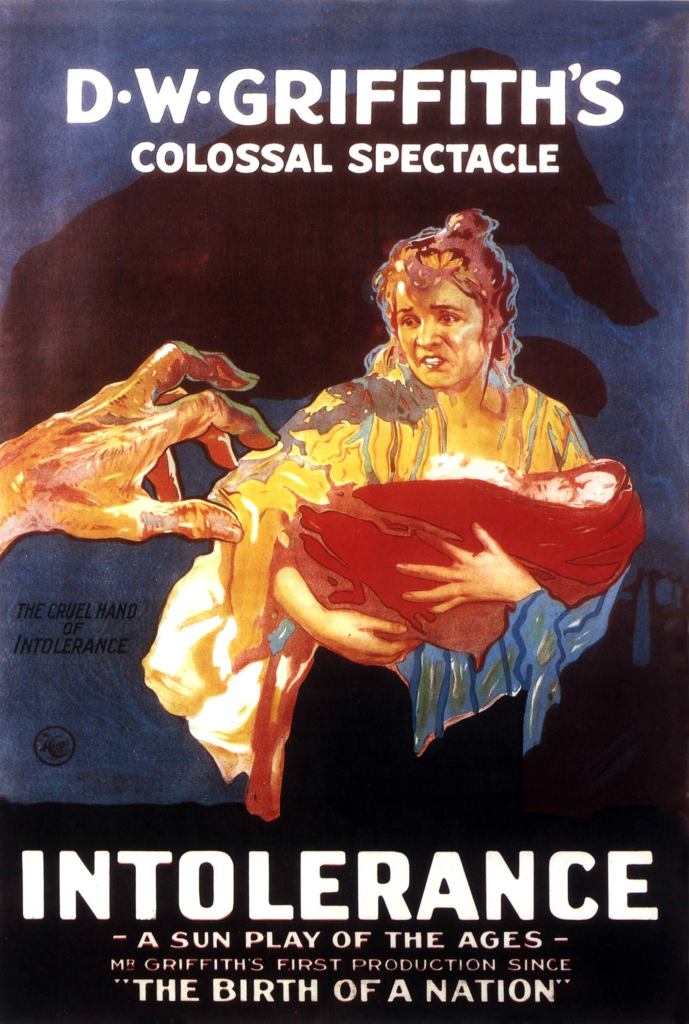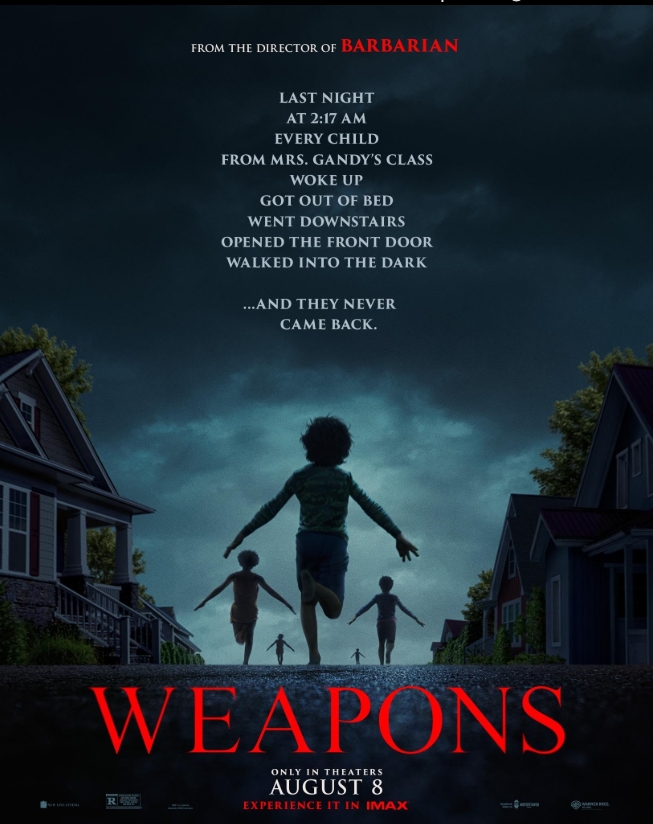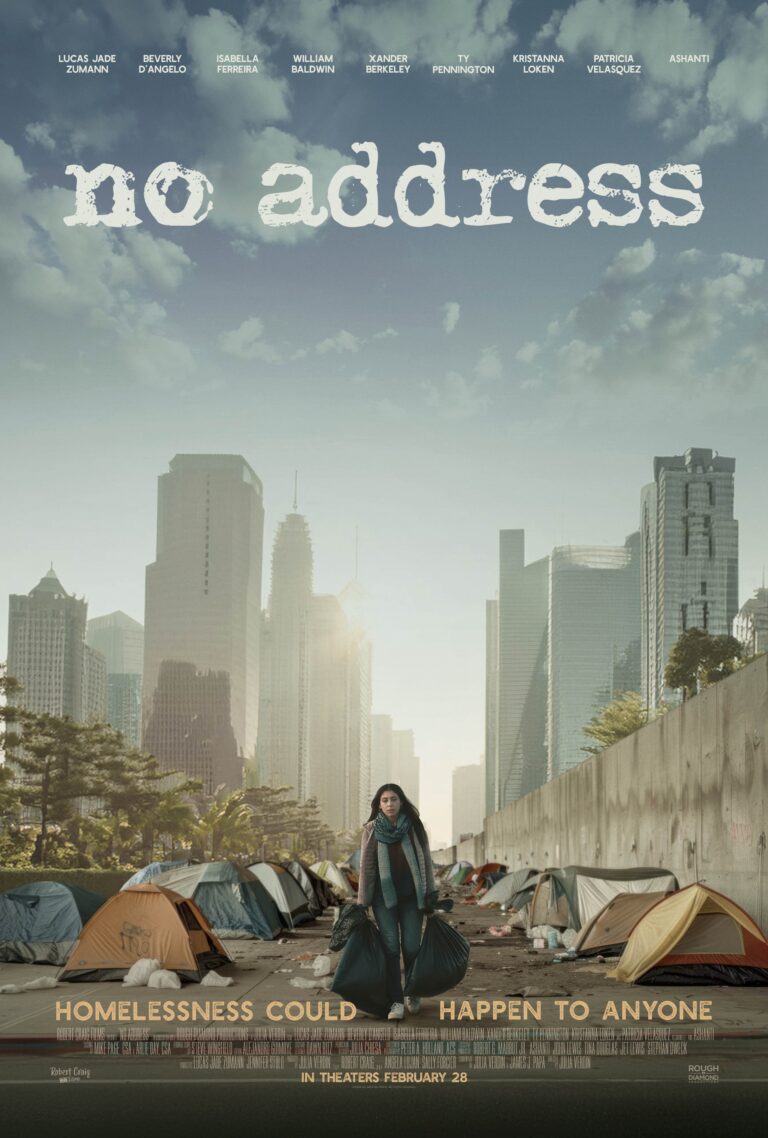Intolerance Christian Review

When you sit down to watch Intolerance, D.W. Griffith’s 1916 silent epic, you’re immediately struck by its sheer scope. It’s not just one story; it’s four—spanning centuries, from ancient Babylon to Christ’s crucifixion to medieval France to early 20th-century America. This film is massive, both in terms of its ambition and its execution. The scale of the sets, the intensity of the cross-cutting between timelines, and the sheer number of extras create a sense of history unfolding before your eyes. But while Intolerance aims to be a grand reflection on humanity’s propensity for cruelty and judgment, something crucial feels incomplete. For the Christian viewer, this is where the tension lies.
At its core, Intolerance is an exploration of how, throughout history, people have perpetuated hate, misunderstanding, and persecution—often toward those who are simply different or misunderstood. The Bible speaks to this reality all too well, warning us against self-righteousness and reminding us that only God can judge the hearts of men. Yet, for all its grandeur, Intolerance lacks the full scope of the Christian worldview—it observes human frailty and the cycles of violence, but it doesn’t point toward redemption. There’s plenty of moral critique, but no clear message of hope, grace, or transformation.
Humanity’s Endless Struggle: The Consequences of Intolerance
The film’s four parallel stories are meant to illustrate the destructive power of intolerance. In each narrative, ignorance and hatred result in tragic consequences. The ancient Babylonian story, with its towering walls and massive battles, serves as a grand metaphor for human pride and eventual downfall. The medieval French narrative centers on religious persecution and the suffering that follows, while the modern American tale focuses on social injustice and systemic oppression. Each storyline is woven together by Griffith’s innovative use of cross-cutting, which creates a dizzying, almost overwhelming sense that human folly knows no bounds.
For a Christian, the thematic resonance is clear. Proverbs 16:18 warns us, “Pride goes before destruction, a haughty spirit before a fall.” Whether it’s the literal fall of Babylon or the metaphorical fall of humanity in the other stories, Intolerance vividly depicts the biblical truth that human arrogance and judgment lead only to ruin. Yet, as Griffith captures the brutal realities of these stories, he misses an essential piece of the puzzle: redemption. He portrays humanity’s capacity for cruelty but fails to offer a vision of renewal or grace. In the Christian story, intolerance may be a part of our broken world, but it’s not the final word.
The Power of Love Threatened by Judgment
What’s perhaps most interesting about Intolerance is that love is the thread that ties each narrative together. Whether it’s the love between a mother and her child, between lovers, or between friends, this emotion stands in stark contrast to the destructive forces of judgment and intolerance. In each storyline, love is threatened, distorted, or crushed by societal expectations, religious dogma, or political intrigue. The lovers in ancient Babylon are caught in the crossfire of war and betrayal; in medieval France, religious fanaticism tears apart families and communities; and in modern America, social reform is undermined by hypocrisy and greed.
Here, Griffith touches on something profound, albeit in a way that feels incomplete from a Christian perspective. The Bible tells us that love is the greatest commandment, second only to loving God Himself (Matthew 22:37-39). Love is meant to be enduring, transformative, and resilient. But in Intolerance, love is portrayed as fragile, easily destroyed by the forces of hatred and bigotry. There’s a certain helplessness in the way Griffith depicts these relationships—a sense that love, no matter how pure, cannot withstand the onslaught of intolerance.
From a Christian standpoint, this is where the film’s message falters. Love, particularly divine love, is not something that can be easily snuffed out. Romans 8:38-39 reminds us that nothing, not even the greatest forces of evil or intolerance, can separate us from the love of God. While Intolerance paints a poignant picture of the fragility of human love in the face of hatred, it misses the deeper truth that love—when rooted in Christ—is indomitable.
Monumental Cinema, But Lacking Spiritual Depth
One can’t talk about Intolerance without acknowledging its groundbreaking cinematic techniques. Griffith’s use of cross-cutting, massive sets, and epic storytelling was revolutionary for its time and has influenced generations of filmmakers. The sheer scale of the Babylonian set, for instance, is breathtaking. The film’s ability to move seamlessly between four distinct historical periods is a feat that few filmmakers have matched, even with today’s technology.
Yet, for all its technical mastery, the film feels emotionally distant, even cold. The characters, while caught in compelling narratives, feel like symbols rather than fully fleshed-out individuals. This lack of depth extends to the film’s spiritual dimensions as well. While Intolerance deals with religious persecution and moral judgment, it doesn’t offer a theological reflection on these issues. Christ’s crucifixion, for instance, is shown briefly, almost as a footnote in the grand narrative of human suffering. But for Christians, this is the event that changes everything. The cross is not just another example of intolerance; it’s the ultimate expression of God’s love for humanity.
It’s this absence of spiritual depth that ultimately holds Intolerance back from being a truly great work of art, at least from a Christian viewpoint. The film is a powerful critique of human cruelty and pride, but it doesn’t offer the kind of hope that Christianity provides. There’s no sense of divine justice, no sense that love can triumph over hatred. Instead, the film ends with more questions than answers—leaving the viewer with the uncomfortable sense that intolerance is simply part of the human condition, with no resolution in sight.
The Missing Piece: Redemption and Hope
What Intolerance lacks most is a vision of redemption. In each of its four stories, characters are crushed under the weight of societal expectations, religious fanaticism, and political power struggles. And while Griffith clearly condemns the forces of intolerance, he doesn’t offer a way out. There’s no sense that healing is possible, that reconciliation can be achieved, or that love can ultimately prevail.
For Christians, this is perhaps the most glaring omission. The entire narrative arc of the Bible points toward redemption—the idea that even in the darkest moments of human history, God’s grace is sufficient to heal, restore, and transform. Whether it’s the Israelites wandering in the desert, Christ’s death on the cross, or the early church facing persecution, the Bible is filled with stories of God intervening in human history to bring about reconciliation and hope. Intolerance, for all its cinematic brilliance, fails to capture this essential truth.
Final Thoughts: A Flawed but Important Film
At the end of the day, Intolerance is a film that deserves to be seen, especially for those interested in the history of cinema. Its technical innovations and grand storytelling make it a monumental achievement. However, for Christian viewers, the film falls short of offering a complete moral or spiritual message. While it powerfully critiques human intolerance, it doesn’t provide a path toward redemption or healing.
As Christians, we are called to see the world through the lens of hope—knowing that, in Christ, even the greatest evils can be overcome. Intolerance shows us the depth of human cruelty, but it misses the truth that love and grace can conquer all.





